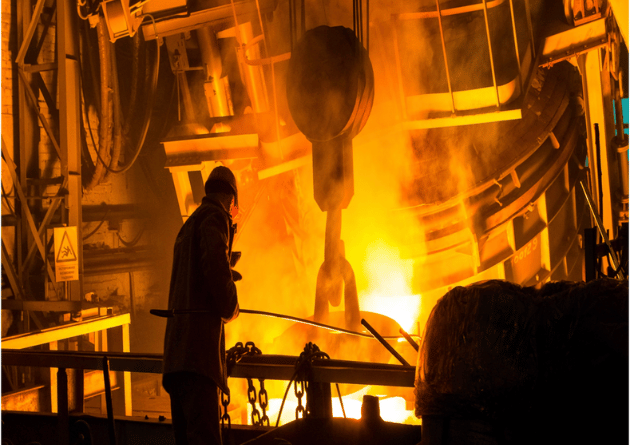Natural Gas Futures Plunging As Warm Weather Favoring Bears

- rabeelrana
- No Comments
Natural gas is a versatile fuel that has many industrial uses. Some of the common industrial uses of natural gas include:
Power Generation: Natural gas is often used as a fuel to generate electricity in power plants. It is a cleaner-burning fuel than coal and emits less greenhouse gases.
Heating: Natural gas is commonly used as a fuel for heating industrial buildings, as well as for heating furnaces and boilers.
Chemical Production: Natural gas is a key feedstock in the production of many chemicals, including ammonia, methanol, and hydrogen.
Steel Production: Natural gas is used as a fuel and reducing agent in the production of steel.
Fertilizer Production: Natural gas is used as a feedstock in the production of fertilizers.
Transportation: Natural gas can be used as a transportation fuel for trucks, buses, and other vehicles.
Pulp and Paper Production: Natural gas is used as a fuel for boilers in the pulp and paper industry.
Food Processing: Natural gas is used as a fuel for ovens and other equipment in the food processing industry.
Glass Production: Natural gas is used as a fuel in the production of glass.
Overall, natural gas is a vital fuel source for many industries, and its versatility and relatively low cost makes it an attractive option for many applications.
Natural gas futures closed down a second straight day on Thursday after briefly breaking below the key $2 support as the U.S. government reported the first spring season injection of gas into storage tanks already bloated from underutilization of the fuel for heating during the winter. Natural gas for May delivery settled down 8.6 cents, or 4%, at $2.007 per mmBtu, or metric million British thermal units, adding to the prior 4% slide from Wednesday. Thursday’s session low was $1.996. The latest drop in gas prices came after the U.S. Energy Information Administration, or EIA, reported that gas-in-storage in the United States rose by 25 billion cubic feet, or bcf, last week in the first series of injections for the spring season. While that build was smaller than the 28-bcf injection forecast for industry analysts, what weighed on market sentiment was the size of gas inventories as a whole.
Last week’s injection took the balance in gas storage to 1.855 trillion cubic feet, or tcf, the EIA said. That was 33% above the year-ago storage level and nearly 19% higher than the five-year average for gas inventories. The 2023 pre-summer injection season is starting with one of the most bloated gas storages, courtesy of a winter that ran mostly warm, with one of the fewest snow storms ever. Typically, this is a time when storage is at seasonal lows after large and consistent withdrawals during winter, when gas is burned for heating.
